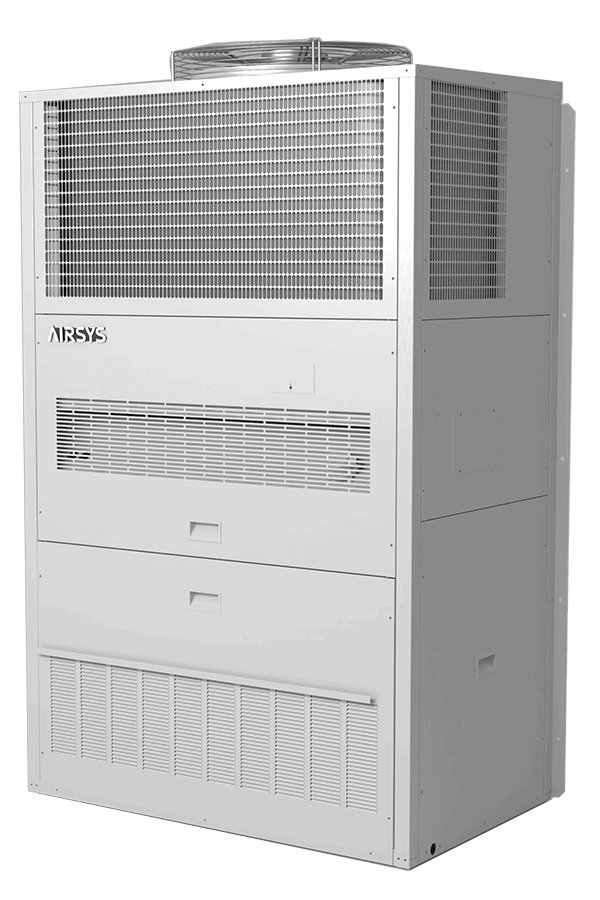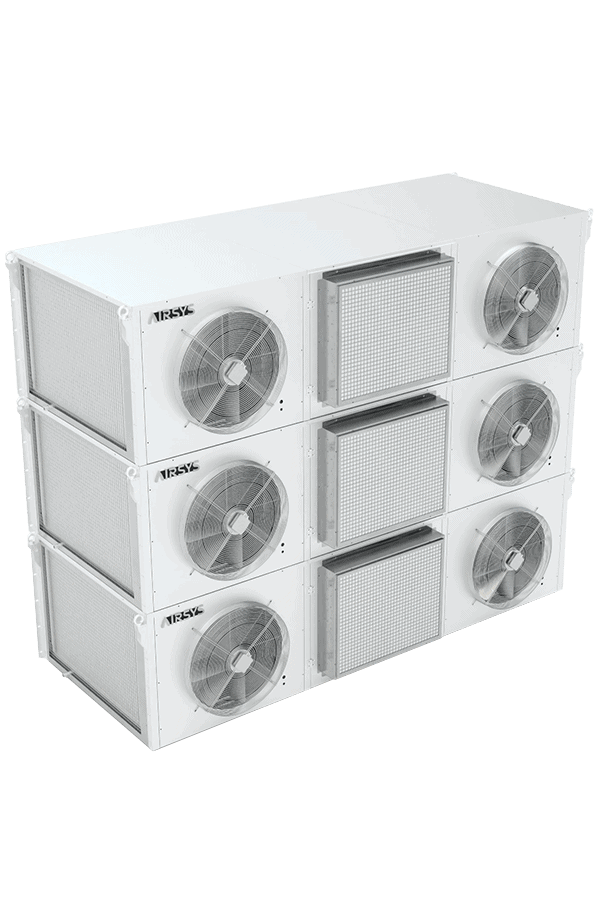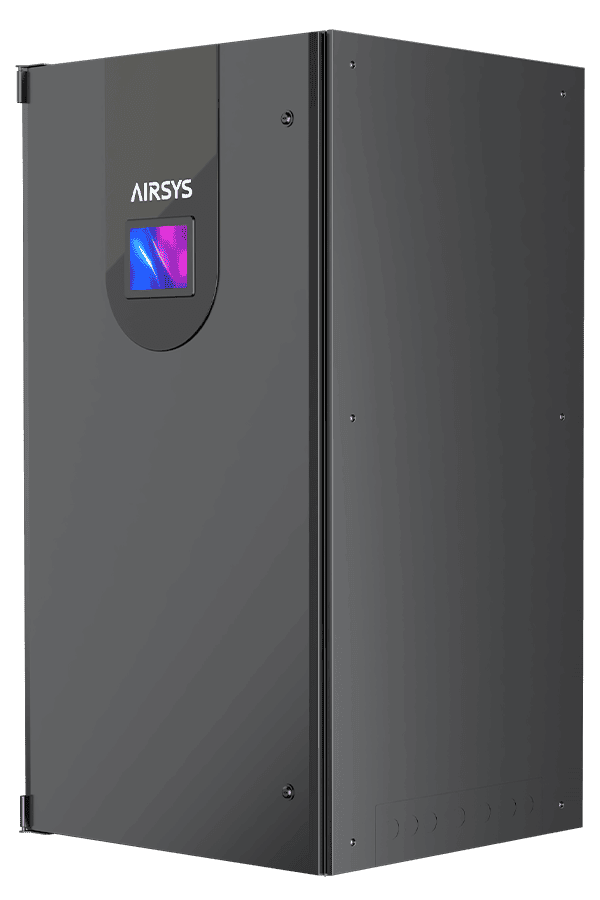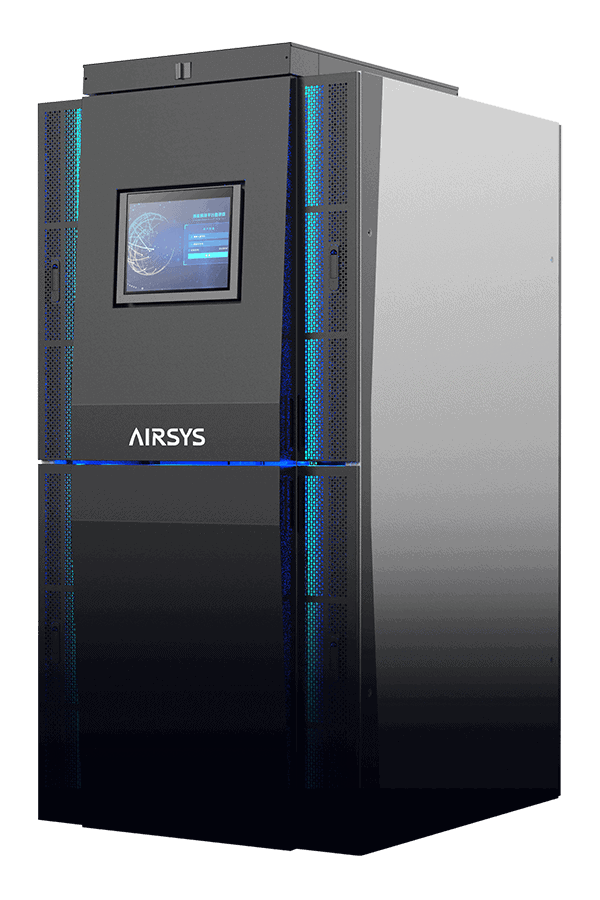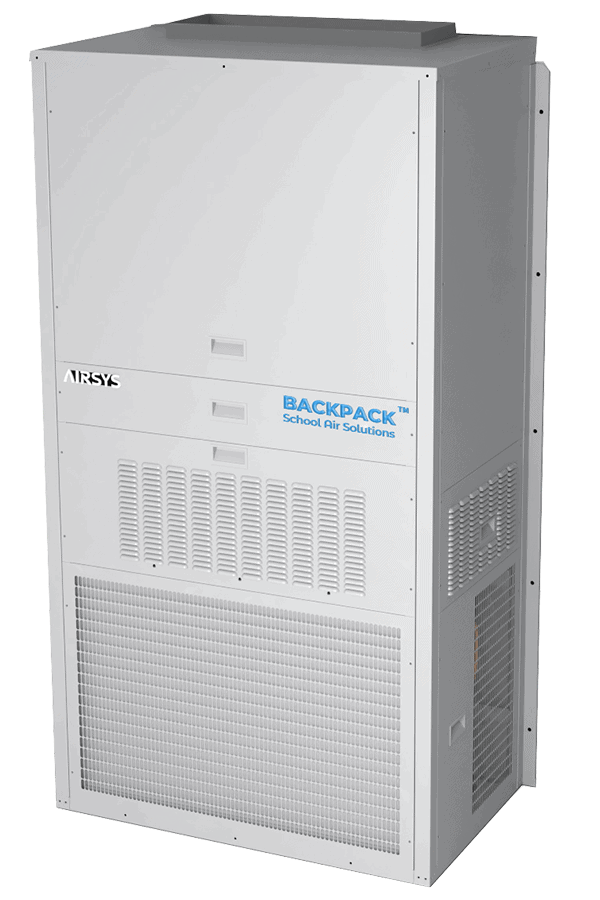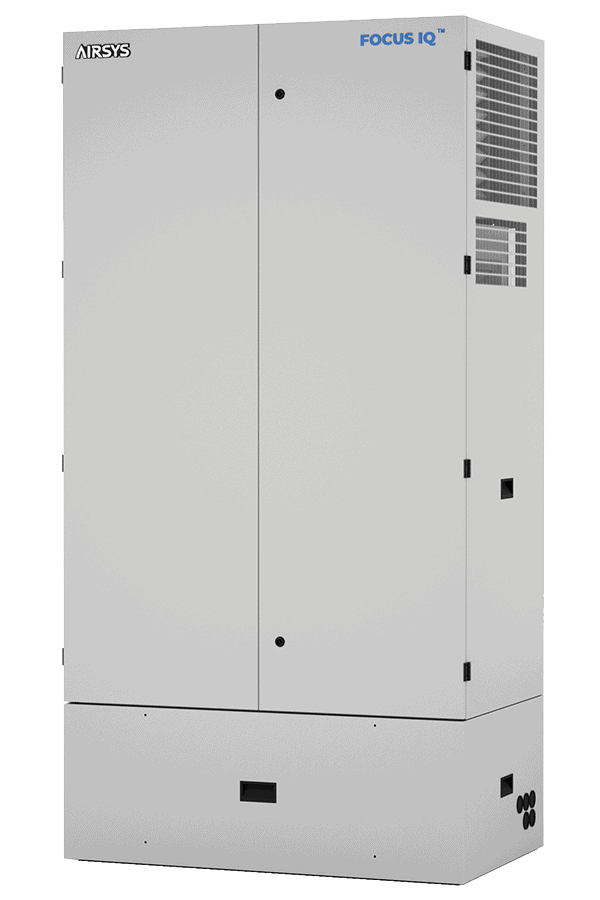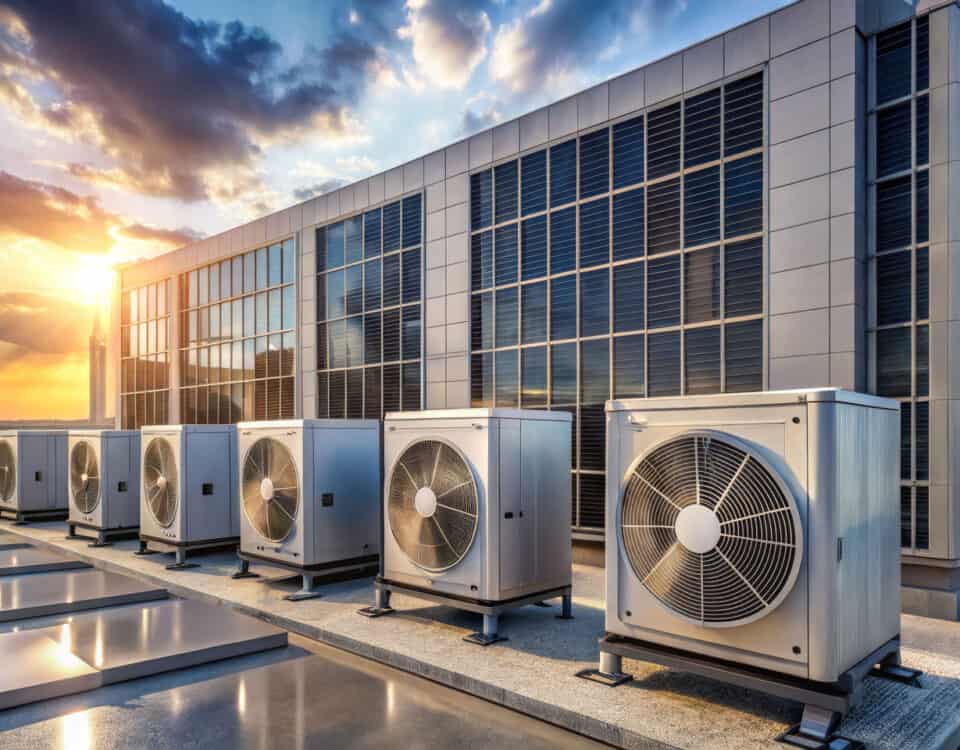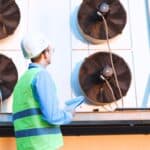
Green Refrigerants for Green Cooling
August 8, 2024
Evaporative Cooling for Data Centers — Pros and Cons
August 19, 2024Schools today face a myriad of challenges that, at first glance, may seem unrelated. However, upon closer examination, these issues are often interconnected in surprising ways. One such relationship exists between the ongoing teacher shortage and the unprecedented strain on school HVAC systems. And while addressing the teacher shortage remains a critical long-term goal, schools can mitigate some of the here-and-now challenges by modernizing their school’s air solutions.
This article explores how choosing the right school comfort cooling system can not only improve the learning environment but also help alleviate some of the pressures created by staffing shortages.
How Teacher Shortage Affects Air Conditioning in Schools
The ongoing teacher shortage in the United States is creating a ripple effect that extends far beyond educational quality. According to USA Today, 86% of public schools struggle to hire teachers, resulting in over 55,000 teacher vacancies from kindergarten through high school in 2023.
With fewer teachers available, schools are compelled to increase class sizes — both in terms of square footage and the number of students — to accommodate all students. This shift towards larger classrooms presents several challenges for schools’ HVAC systems:
- Larger Area to Cover: As classrooms expand to hold more students, HVAC systems must work harder to maintain comfortable temperatures across a greater square footage. This increased demand can strain older or inadequately sized systems, potentially leading to inconsistent heating and cooling throughout the space.
- Heightened Importance of Temperature Control and Air Quality: Larger groups of students in a single space necessitate top-notch temperature control and air quality management. HVAC systems must work efficiently to regulate temperature and humidity while also filtering and circulating air effectively to minimize the spread of germs and airborne illnesses.
- Need for Non-Disruptive Operation: Larger class sizes inherently come with more potential distractions that can affect students’ ability to focus and learn effectively. Additional disruptions caused by outdated, poorly maintained, or loud HVAC systems only exacerbate the situation, further impacting the learning environment.
The Implications of Inadequate HVAC Systems in Schools
Research has established a direct link between classroom temperatures and a range of issues affecting both students and teachers, emphasizing the critical role of effective air conditioning for schools. Inadequate air conditioning in schools can lead to various health problems, including dizziness, headaches, exacerbation of asthma and allergies, and increased virus spread. It also correlates with behavioral issues such as higher rates of absenteeism and more disciplinary referrals. Perhaps most critically, suboptimal temperatures significantly impact both teacher performance and academic outcomes.
Hot classrooms create an environment that is not conducive to learning, causing difficulty concentrating, increased sleepiness, decreased energy levels, and even reduced memory capacity. According to the National Bureau of Economic Research, in schools without proper air solutions, each 1°F increase in average school year temperature is associated with a 1% decline in the amount learned during that year. This statistic highlights how temperature control is not just a matter of comfort but a critical factor in educational effectiveness.
From Insufficiency to Efficiency: Modernizing Air Conditioning in Schools
A study by The Center for Climate Integrity reveals a concerning reality: by the end of 2025, about 13,500 schools in the U.S. will need to upgrade their existing cooling systems. This underscores the widespread insufficiency of current cooling infrastructure in schools to effectively manage temperature control and indoor air quality (IAQ). However, modern air conditioning for schools offer a path forward, proving crucial in creating optimal learning environments.
These advanced air solutions incorporate several key characteristics that tackle the exact challenges described above:
- Quiet Operation Mode: This feature ensures that the HVAC system itself doesn’t become a source of distraction, allowing students to focus on their studies without auditory interruptions. For instance, AIRSYS’ Focus IQ™ school air solution is the quietest in its class, equipped with an Ultra Quiet Mode that reduces sound levels by 5-7db.
- Smart Ventilation Control: Occupancy-based automatic ventilation and IAQ management systems adjust in real time, optimizing air quality as classroom populations fluctuate throughout the day.
- Compact Design: A space-saving design — such as features AIRSYS’ Backpack™ school air solution — maximize the efficient use of building space, a critical factor in often crowded school environments.
- Eco-Friendly Refrigerants: Green refrigerants not only protects students’ health but also reduces the school’s carbon footprint.
- Energy-Efficient Performance: Smart controls and high-efficiency components reduce energy consumption and costs, allowing schools to redirect savings to educational resources.
Air Conditioning in Schools Shapes Education
As schools face teacher shortages and increasingly challenging learning environments, it’s crucial to leverage every available tool to support academic achievement. Upgrading air conditioning in schools emerges as a practical and impactful strategy to create more comfortable and empowering learning spaces, even in overcrowded classrooms.
At AIRSYS, we are the preferred cooling and human comfort solutions provider for K-12 campuses. Our reputation isn’t just built on our cutting-edge cooling technology, but also on our unwavering commitment to innovation, reliability, and sustainability. We understand the unique needs of educational environments and design our systems to meet these specific challenges. Explore our industry-leading school air solutions and contact us to learn how we can help create optimal conditions for learning and success in your school. Together, we can bring a breath of fresh air to your institution.

